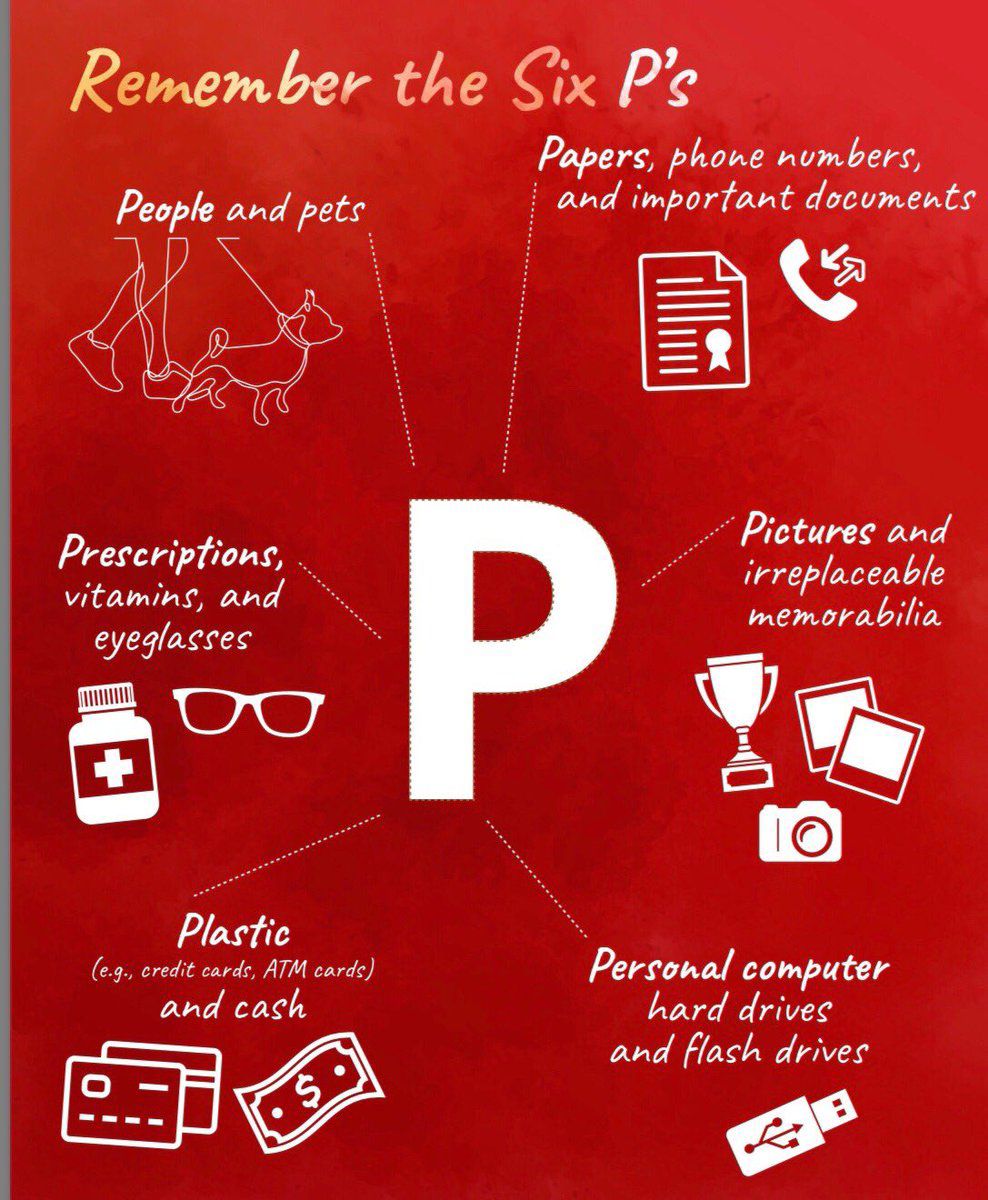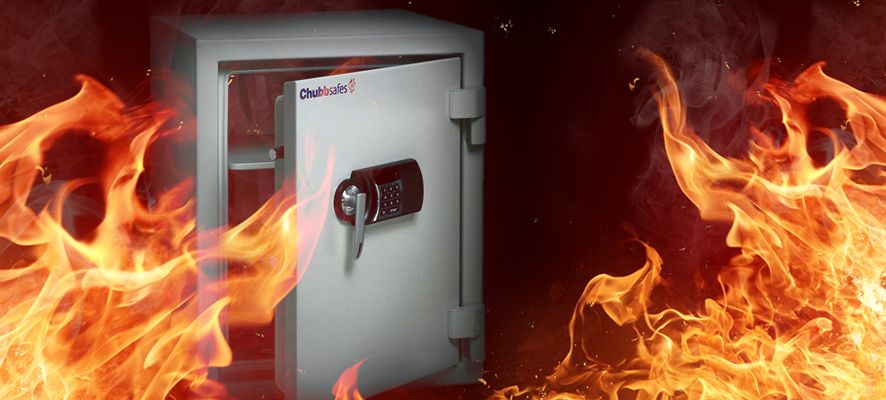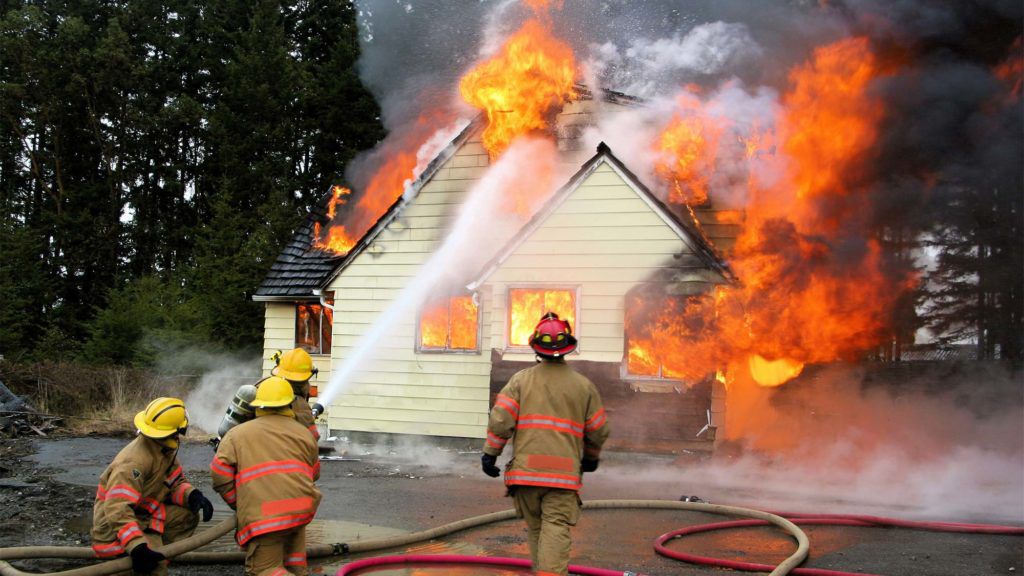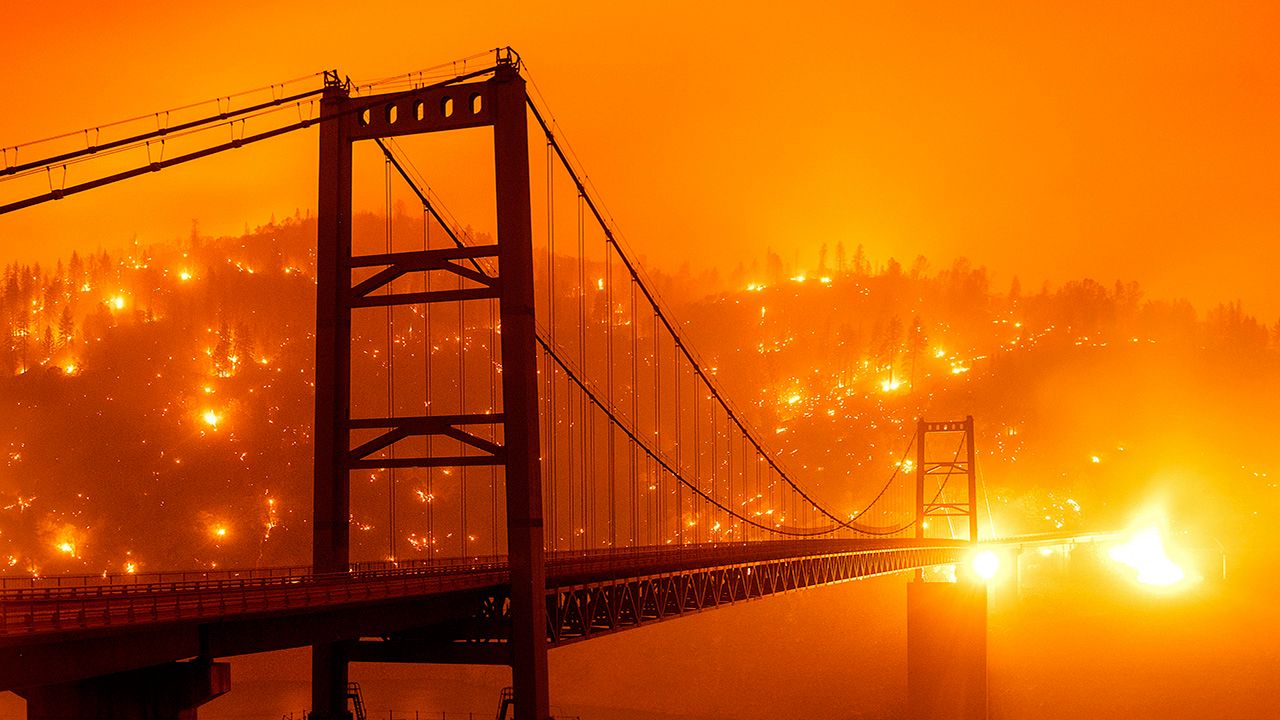Now that your home is fireproofed and ready for a wildfire should the situation arise, it’s time to get yourself and your family “set” before a wildfire strikes.
It’s so important to prepare your most valuable assets and have everything ready to go in case you need to evacuate.
Cal Fire recommends three steps for getting set:
- Create a wildfire action plan for your family, pets, and home
- Fill out a family communication plan which should include important evacuation and contact information
- Put together an emergency supply kit and any other necessary items to take with you
Most of these steps should be taken care of before fire season begins to avoid scrambling at the last minute.
When putting together a wildfire action plan, keep the pandemic in mind, and also make sure your plan fits your family’s needs. It should be conducive to the needs of children, seniors, or family members with disabilities.
Everyone should sit down together and map out the evacuation plan.
Include multiple escape routes, roads you may want to travel on, where you will go and stay after evacuating (whether that be with other family, friends, or in a hotel), plus an emergency meeting location.
You will want to make sure you have that plan written down and that everyone receives a copy of it.
It’s not a bad idea to involve another family member or close friend who lives outside your community. They can act as a point of contact to help with family communication during emergencies, especially if there’s a risk of separation amidst the chaos.
An evacuation plan needs to include your pets and any other animals you have on your property. Speak with neighbors and form a plan with them in case you are not home to evacuate your animals.
The end goal is to make sure that everyone in your household feels prepared if/when a wildfire breaks out nearby and threatens your home.
It’s important you prepare for the worst and hope for the best. You never know what could happen down the road as wildfires are becoming stronger and more prevalent with time. You also never know how much time you will have when a fire breaks out which is why an evacuation plan needs to be prepared and rehearsed ahead of time.
Here is Cal Fire's example of a family communication plan that you can go through together. Once it is filled out by your family, place it in a location that everyone is aware of.
Make a copy for each family member to carry on them, and place a copy inside your emergency supply kit.
Speaking of emergency supply kits, let’s talk more about that and what the essentials are.
When facing an evacuation, you want to make sure you have the necessary items as you leave your home. You never know what you could be returning to, so this is a very important step.
Again, the earlier you prepare, the better. That will ensure you are able to take all the belongings you need and want.
Here’s a list of some key items recommended by Ready.gov and Cal Fire for emergency supply kits:
- Copy of family communication plan with multiple escape routes (including maps)
- Water for drinking and sanitation (at least three gallons per person)
- Non-perishable food that will last 3+ days
- Weather radio
- Flashlight
- Extra batteries
- Cell phones and portable chargers
- First aid kit
- N95 or other dust masks
- Other face coverings to protect from COVID-19
- Hand sanitizer and disinfectant wipes
- Non-prescription medication
- Change of clothes (long shirt and pants) and closed-toe shoes
- Personal hygiene items
A great way to remember the essential items is by preparing the six “P’s”:
- People and Pets or any other animals/livestock, plus their food and supplies. Keep a handle on them so they don’t get scared and run away as you are trying to load them up and out. The last thing you want to do is spend time looking for your animals while trying to evacuate or being forced to leave without them.
- Prescriptions: medications, medical equipment or personal assistive devices (wheelchairs, canes, walkers, etc.), vision and hearing aids, vitamins, face coverings, hand sanitizer and wipes for sanitizing, and first aid kits
- Papers: important documents (driver’s license, ID card, birth certificate, social security card, passport, insurance policies, bank info/account records, deed/lease to home, etc.), phone numbers, and any other important paperwork
- Plastic: credit cards, ATM cards, and cash
- Personal Items: computers, laptops, hard drives, USB sticks, and any other important electronics (batteries, power cords), clothing and toiletries to last several days, water, non-perishable foods, extra car keys, phones, and chargers (portable chargers are the best)
- Pictures and Priceless Items: sentimental objects that are irreplaceable like photos that are not digital, mementos, jewelry, and other valuables

Once you put your evacuation/emergency supply kit together (backpack or duffle bags work great to put everything into), make sure it is easily accessible at your home.
Cal Fire recommends that each member of your family has their own kit, and it’s smart to keep one in your car and another at your workplace.
Remember, this is a guide, and what you put in your evacuation/emergency supply kit may vary based on your family’s needs.
Once you have your evacuation plan in place and evacuation supply kit ready, there are a few other steps you can take to prepare.
Cal Fire recommends making sure your fire extinguishers are working properly and stored safely.
On top of that, it is important for everyone in your family to be able to locate the gas, electric, and water main shut-off controls and know how to turn them off in case of an emergency.
While taking care of business around the home, make sure you can operate your garage door and gates manually in the case your power goes out during a fire. This will prevent you from getting trapped and unable to remove your vehicle.
You can either take important documents with you as you prepare to leave, or another option is to store these documents outside your home, such as in a safety deposit box.
A fireproof safe or lockbox is also another option which will ensure your documents will be kept safe if a fire hits your home at any time.

Insurance is also a big one to remember. Make sure to review your insurance coverage to ensure it is enough to replace your property if something happens.

Cal Fire recommends five tips:
- Do an annual insurance evaluation with your insurance company
- Know what your policy covers, down to all the small details
- Update your policy at any time to include new home improvements
- Maintain homeowners insurance
- Get renters insurance (bundle with auto insurance if applicable)
While you’re at it, you might as well take the time to document any valuables you have in the home. This will make your life much easier if you need to file an insurance claim down the road.
You can keep a record by writing down your possessions or taking photos and videos of everything in the house and garage should you need to file a claim.
More in-depth information about properly insuring your home and belongings can be found on Cal Fire's website.
Making sure you are prepared and set to go is a crucial step for your home and family’s chance of survival during wildfire season.



